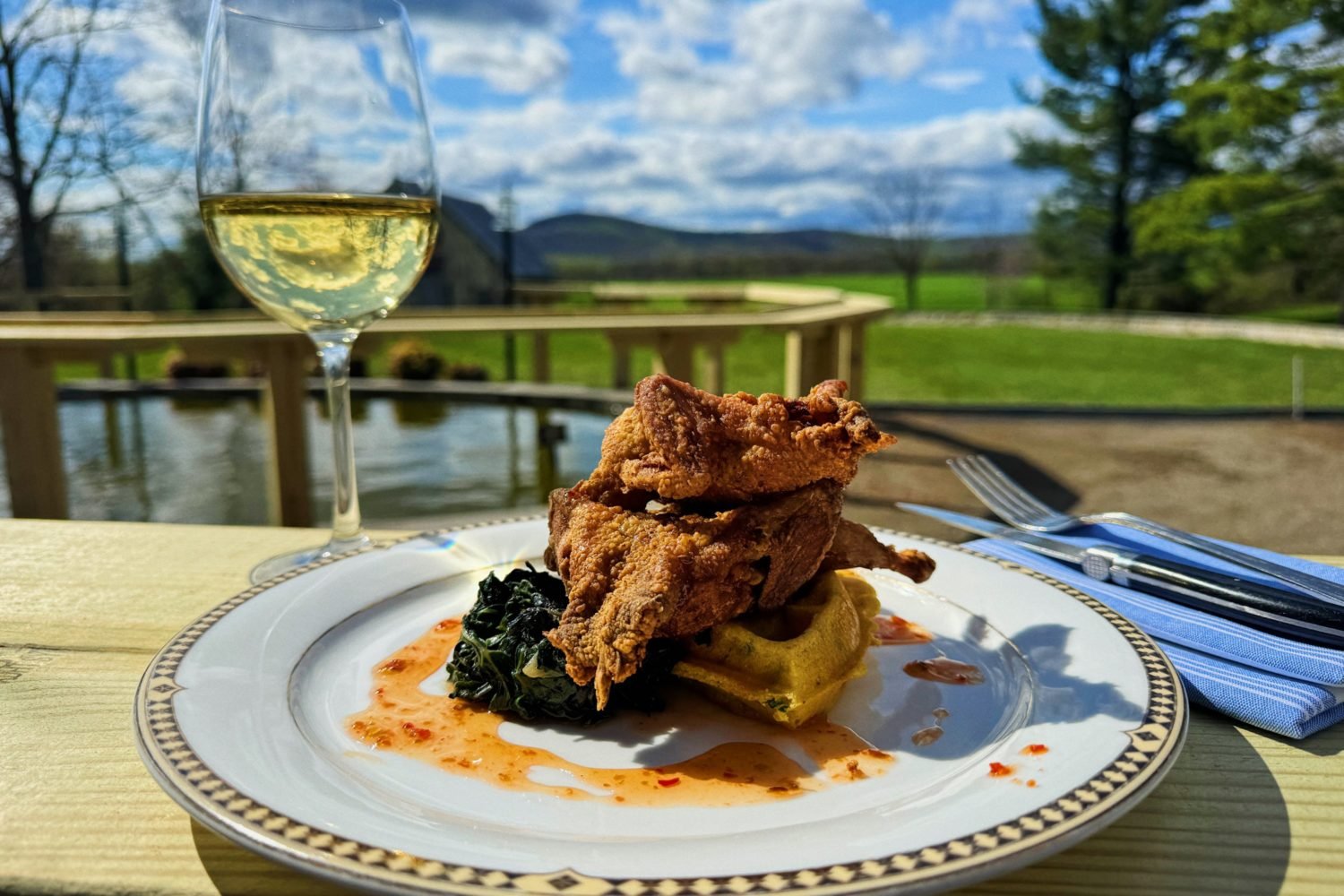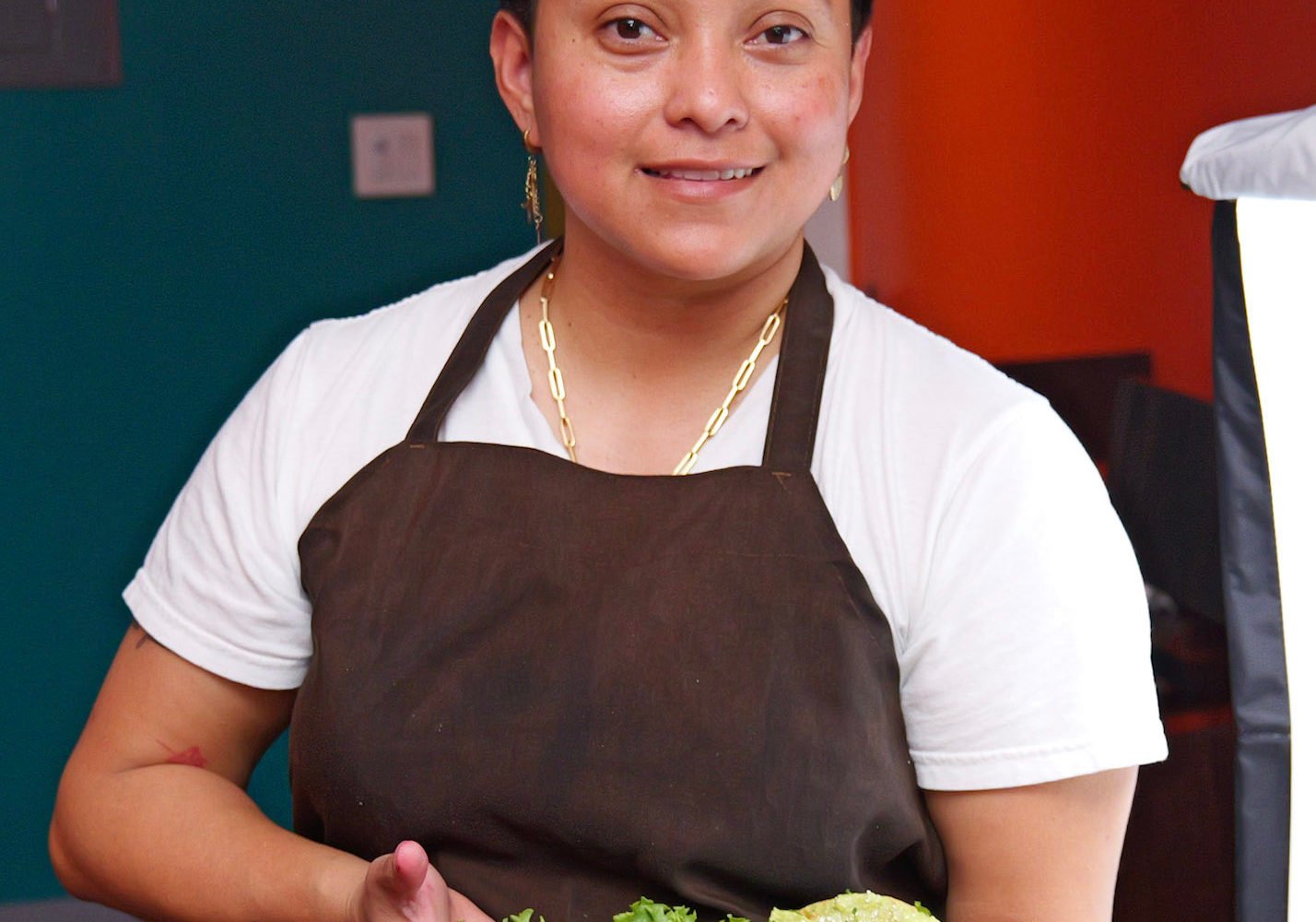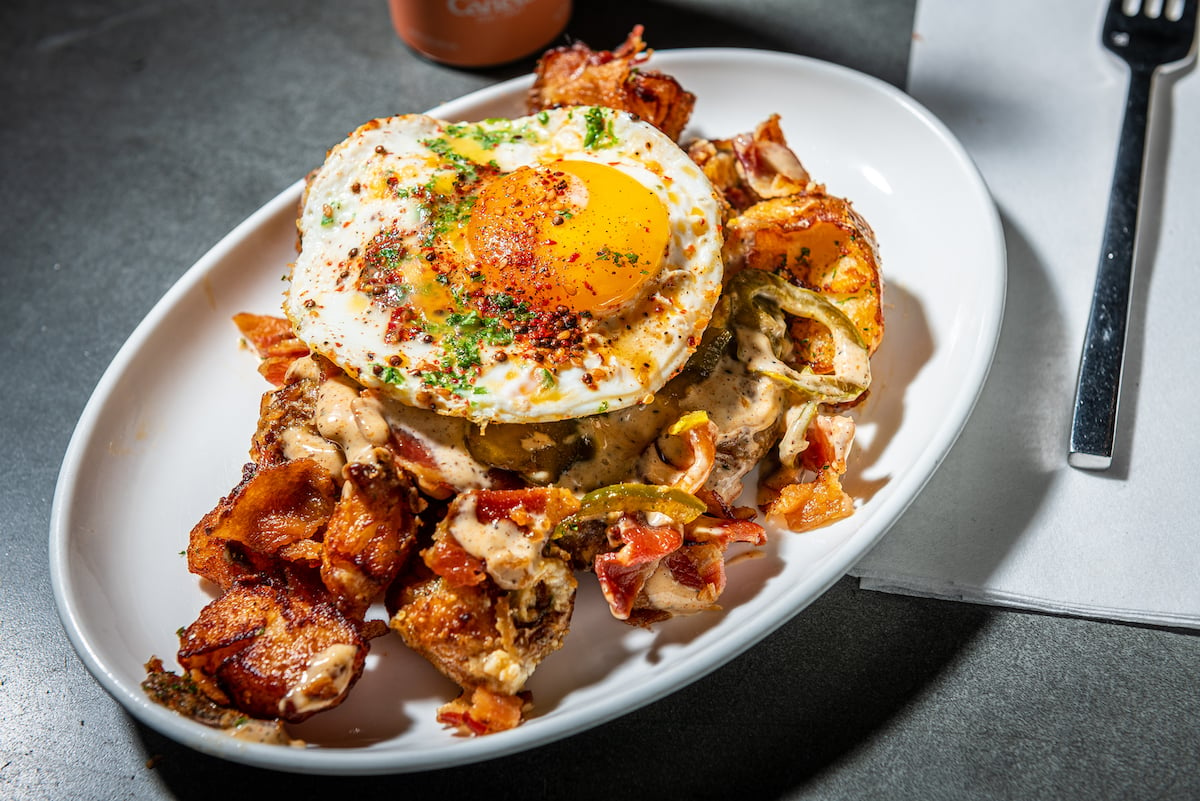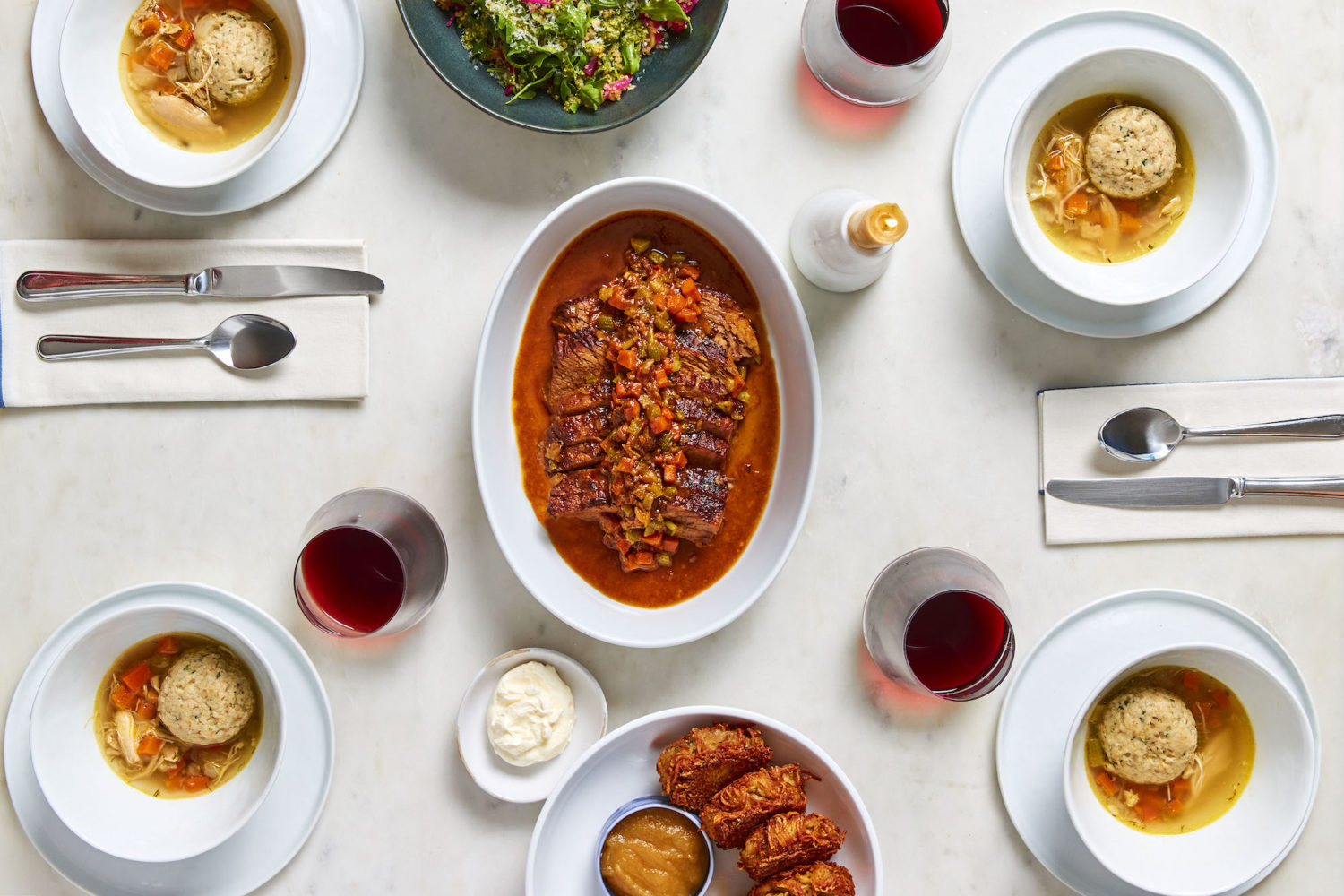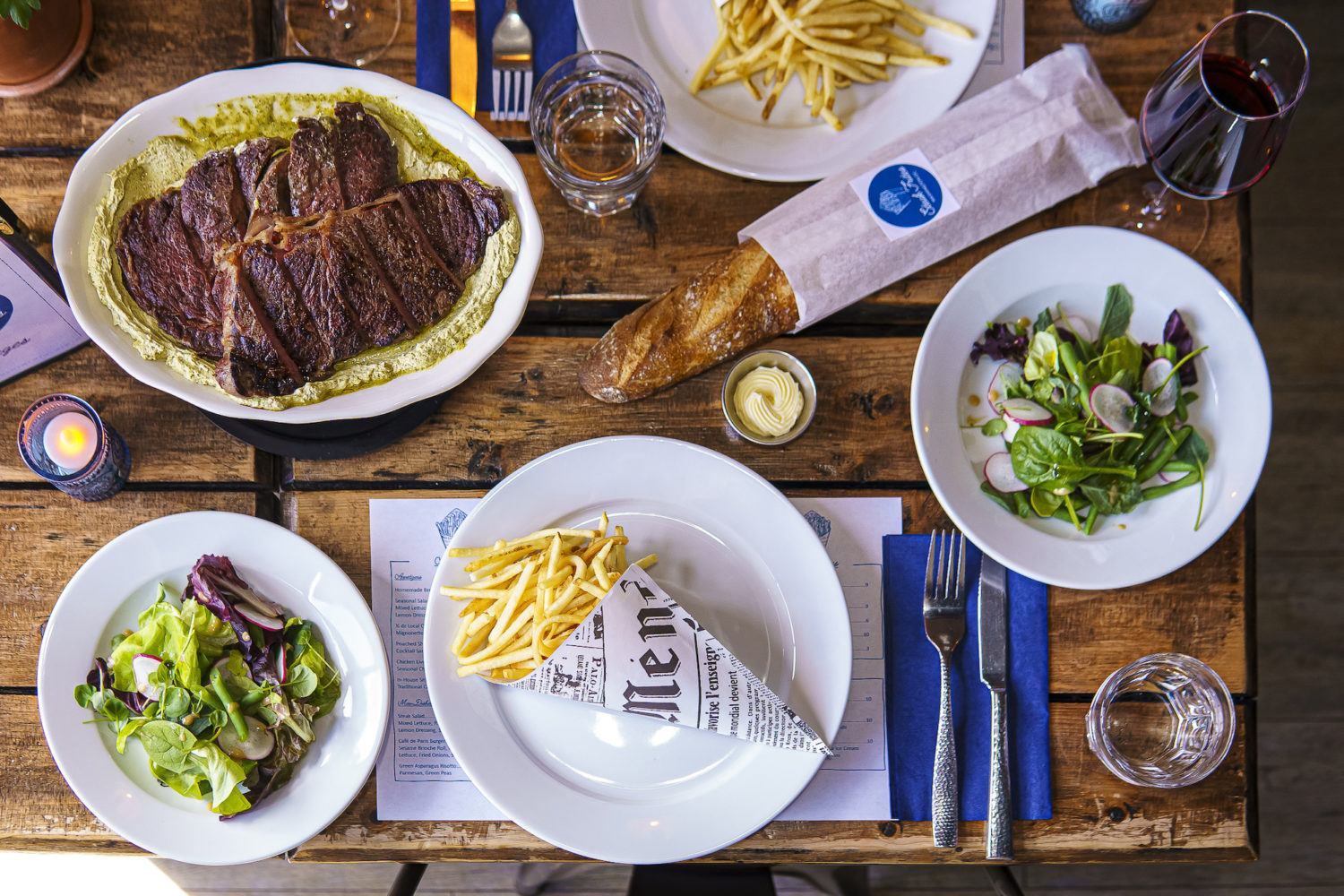From June 2005 Cheap Eats
In some Chinese restaurants it's hard to get advice about the menu. Servers seem rushed, some speak little English to discuss the menu, and others seem to have preconceptions about what Americans want to eat. Eat First is a happy exception. The youthful servers are eager to guide you through unfamiliar dishes to seasonal specialties. Wall signs announcing specials include English translations.
Excellent choices from the regular menu include wonderful fresh shrimp, crisply fried flounder, a very good roast duck, and shrimp cake with Chinese broccoli.
From March 2005 “Best of Chinatown”
By Robert Shoffner
In its own way, Eat First is as important a restaurant today as Tony Cheng's Szechuan was in the 1970s. Now on H Street, Eat First is distinguished by a young floor staff happy to help guide non-Chinese patrons interested in authentic Hong Kong specialties. Management has demystified the specials written on posterboard in Chinese by including English translations, and the kitchen often introduces new dishes to the Chinatown repertory.
The bad news: In a biannual taste test conducted by this writer to discover Chinatown's best Cantonese roast duck, Eat First's bird–sampled at two meals–was not quite as tender as it has been at its stellar best. It finished third, after a very good second-place bird enjoyed at New Big Wong. First place went to Tony Cheng's crisp-skinned, splendidly tender duck.
Compose a meal at Eat First from the classics on the set menu–tender yee foo noodles with crab and a superb Chinese casserole of chicken with ginger and scallion–and the new dishes listed among the posted specials, or ones made from ingredients so recently arrived that the floor staff offers them verbally. One such seasonal speciality was an earthy stir-fry of sliced lotus roots–as crispy as celery and almost as sweet as carrots–dried shiitake mushrooms, Chinese sausage, Chinese bacon, snow peas, carrot slices, garlic, and ginger, all bound in a glaze of faintly sweet, dark-brown sauce.
One of the most memorable dishes was a seasonal specialty of lobster with XO Sauce, a somewhat mysterious sauce that appeared in Hong Kong 20 years ago. The dish was a stunner: chunks of unshelled, stir-fried lobster served over rolled ribbons of wide rice noodles, each topped with a teaspoon of XO Sauce. The flavor of the XO Sauce–derived from such ingredients as dried scallop, dried shrimp, and shrimp roe–enhances the crustacean's sweetness.
A dish of yu choy sum, a green vegetable like Chinese broccoli, with oyster sauce, ordered to complement the lobster, showed the care that vegetables get from this kitchen. It was far more tender than this fibrous green usually is and had the vibrant flavor of a freshly gathered vegetable.






